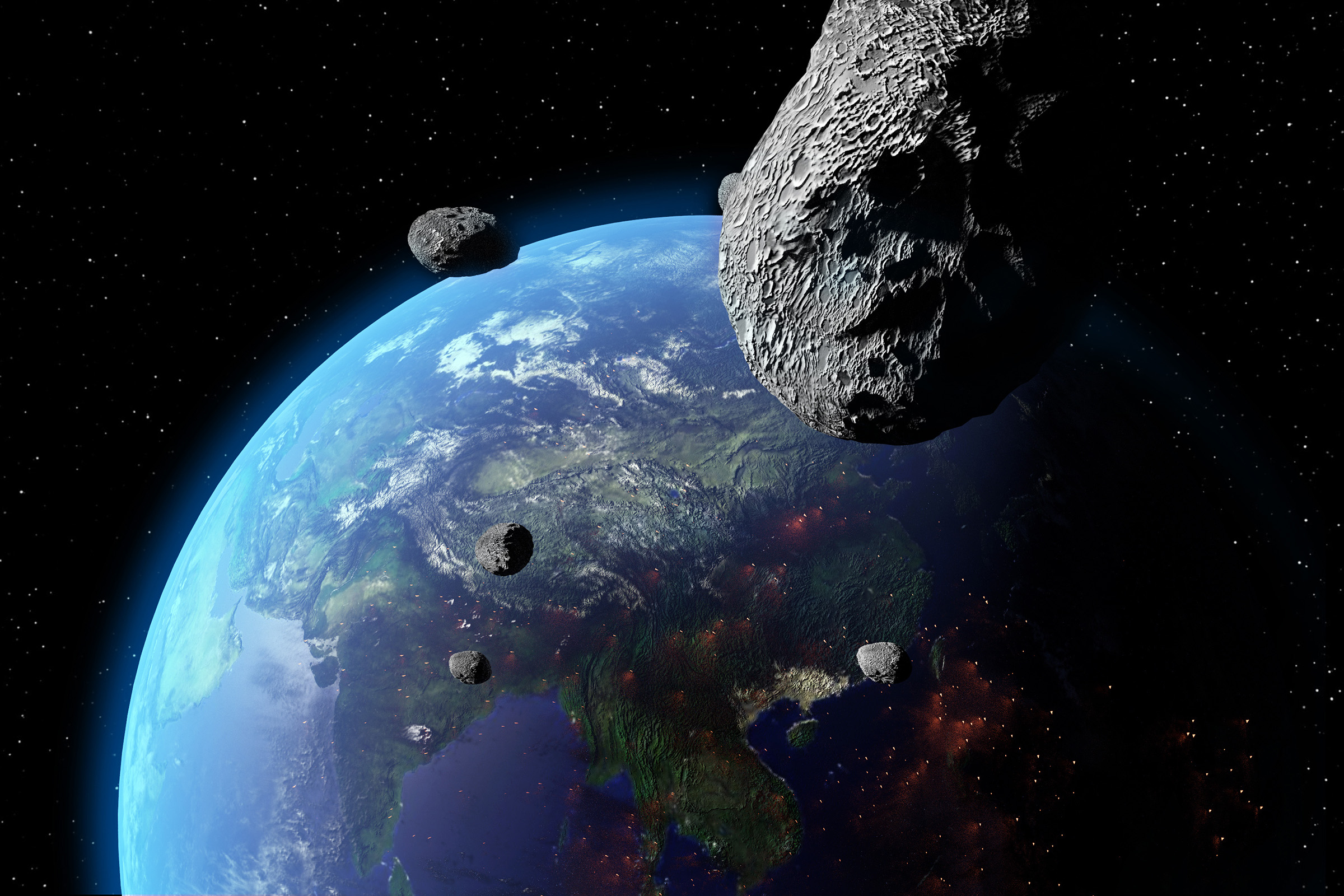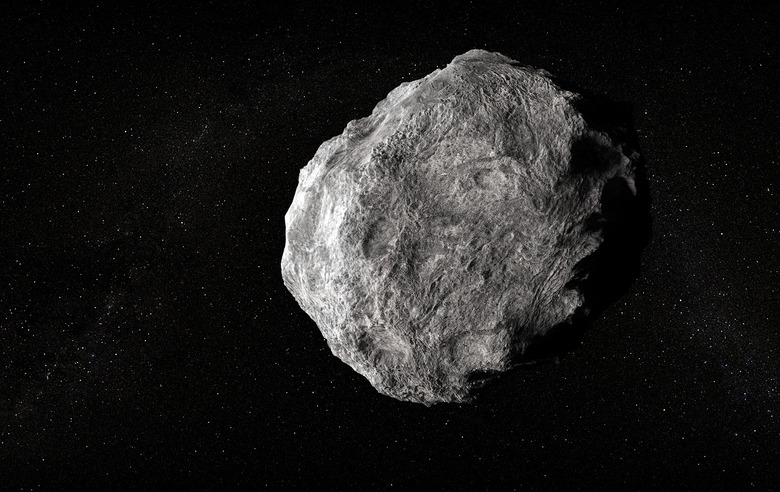An Asteroid Empire State Building-Sized Will Come Close To Earth On Monday
A skyscraper-sized asteroid will pass very close to Earth this week, but it won't pose an actual threat to our planet. The asteroid in question is known as Asteroid 1994 XD, and it was discovered in 1994 by the Spacewatch group at Kitt Peak Observatory in Arizona. Asteroid 1994 XD is expected to pass within 1.8 million miles of Earth on Monday, June 12, around 9:00 pm ET.
Now, 1.8 million miles might not sound very close. And by all accounts, it is around eight times the average distance from Earth to the moon. However, due to the asteroid's size, and the fact that it does come so close to our planet, NASA and others do consider it a potentially hazardous asteroid, especially considering that the skyscraper-sized asteroid is estimated to measure between 1,214 to 2,723 feet in diameter.

The skyscraper-sized asteroid is believed to be traveling roughly 77,301 kilometers per hour, or 38,032 mph. Based on simulations, the asteroid would be capable of creating a 6.0 magnitude earthquake if it struck somewhere, and it would leave a 2.1-miles wide crater in its wake, Techspot reports. This isn't the first time that this particular asteroid has come close to Earth, either.
Astronomers estimate that the asteroid would have passed within 1.5 million miles of Earth back in 1904, well before the asteroid's actual discovery by modern astronomers. It later passed in 2012 and is expected to pass once more in 2041. However, it won't be a danger to our planet then, either. Of course, not all asteroids that pass close to Earth are completely harmless.
Come 2046, astronomers expect an asteroid to pass close to Earth, one that has a 1 in 625 chance of hitting our planet. However, that asteroid is much smaller than the skyscraper-sized asteroid swinging back next week. Combine that with the success of NASA's DART mission last year, and hopefully, we'll have some type of defensives in place to help mitigate any potential risks like that.
